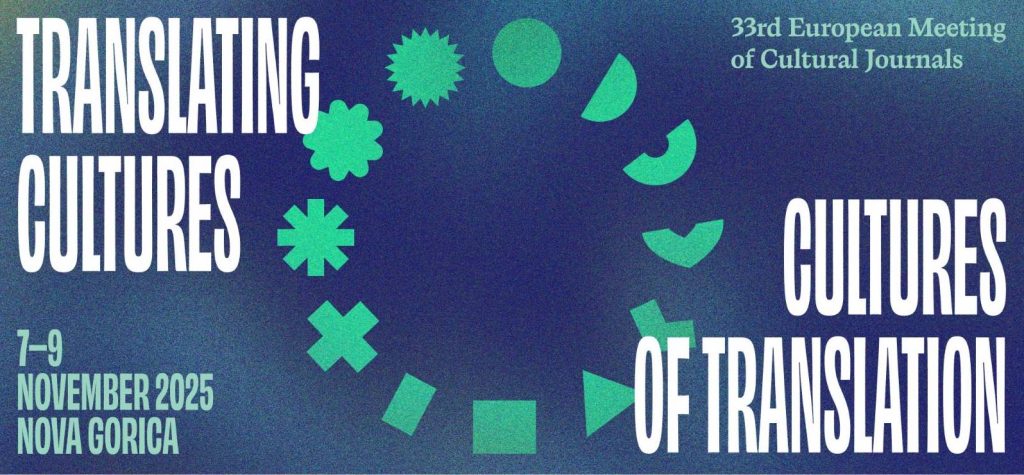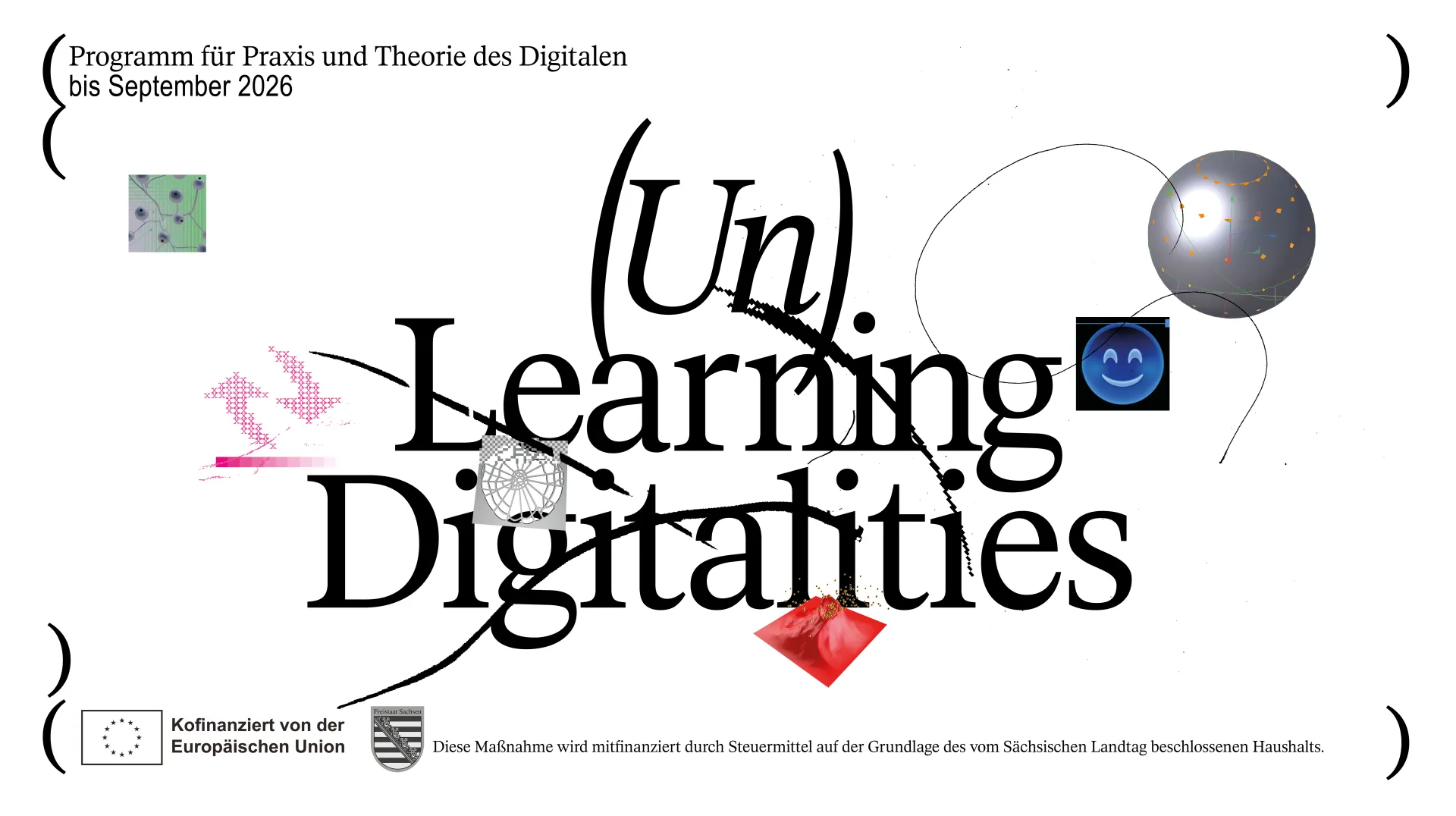Victor Elberse is a visual artist and teacher, with an expertise in drawing and painting. In 1988 he graduated himself from WdKA in painting, drawing and design. But his artistic knowledge and skills are not limited to these practices, as he also has experience in the field of animation, architecture and product design. After working as an autonomous artist for 10 years, he started working as an art teacher at different schools among which Willem de Kooning Academy. And now after 21 years, he is still working at the academy as a tutor within the Spatial Design and AV department. Recently, he started The Neglected Image project, trough which he wants to teach students the power of images. Instead of endlessly writing and talking about art and its meaning, he encourages his students to observe, create and experiment. In this article, you can read all about this project, Victor’s source of inspiration and his vision as a tutor.
Why did you start working at WdKA?
The funny thing is that I used to be very anti-school. I did not like school when I was at high school. After high school, it was very clear that I wanted to go to the art academy though. So I worked hard at school to make sure I could go to WdKA. It was very good for me to have this focus and direction. After graduating, I worked within the art world for 10 years. One day, I was exhibiting my work at an art fair in the late 90’s. The leader of the Spatial Design department from WdKa spotted me there and told me: “I want you to teach our students”. I was struggling a bit with the financial aspect of being an autonomous artist so I decided to switch things up and educate myself as a teacher. This is one of the best decisions I have ever made. During my art teacher training I started working half a day at the academy, and I never left.
What do you love about teaching?
I really care about students and I find a lot of fulfillment in being able to teach and guide them in the beginning of their careers.
Teaching really brought me a lot. First of all, it made me more of a social being. I used to be a true artistic hermit. Sometimes I miss that side of me a little. As a teacher, I give all of my energy to my students. I’m now trying to balance that out by also focusing on my own practice more.
What defines you as a tutor?
As a tutor, I’m really concerned with students and their development and therefore I can be very direct and confronting. I want to challenge students to break out of their safe zone and discover new things. Sometimes that means it is valuable to disturb one’s process and stimulate them to try something new; I call it ‘didactic teasing’. Learning processes are not meant to be comfortable all the time. Some students find me too intense, which I can understand. I just don’t want to be a teacher that is constantly complimenting students, since I think critical feedback is one of the most valuable aspects of (art) education.
With the current focus on safety and sensitivity within society, my approach is not always appreciated by everyone. Ofcourse I want students to feel safe, but at the same time I hope this hyperfocus will not result in the abandonment of direct and critical feedback.
Maybe I’m too involved. This aspect of my teaching always comes from a good intention. I do really care. And actually I’m really proud of that.
Also, one of the things I really want to teach my students is the importance of discipline. Sometimes I see students get discouraged when they see how easily I draw something. I always tell them this is the result of years and years of daily practice.
Why did you start the Neglected Image project?
I started this project because of the strength of the image, or better yet, the lack of it. Sadly enough, nowadays, the written and spoken word often overrule the powerful experience that the directness of an image on its spectator can have. More and more students neglect their capabilities to use strong images that can explain, (transcend) and represent their projects. They translate their projects only by text and speech and therefore, lose the explanatory power behind an image. Images can provoke and translate stories, meanings, atmospheres, emotions to their spectators whom are not familiar with the story and mind behind it.
The neglected image is a questionable development for an Art Academy. The need for no speech, no written words no explanation but only a silent image is therefore most important, and should be seen as an intrinsic value of any Art Academy.
The often neglected, forgotten, or even overlooked possibilities during ‘image-making’ is mostly because there is often no time or the feeling of need to find more solutions than one. But these moments are no extra work. They are essential moments in space and time where project-based research is created through a playful motion of trial, error and coincidence.
With his project, I want to create a space for infinite possibilities: A (new) platform at WDKA for the creation of Image. A place where Space, Time and an Open Mind for Experimentation interlace with the development of projects within the study program. A space to think fast where working, thinking, making, trying, failing and exceeding are all key elements in the development of projects. Where hesitation and doubt can take place and where there is room for thought and appearance. Where experimentation is leading for the direction and representation of projects. A setting where the repetition of experimentation is valued and encouraged.
Interested in joining the Neglected Image project? Read more on https://stationskills.mywdka.nl/?p=5600
What is your source of inspiration?
I can find inspiration in anything, because I really look, scan and observe with attention. I trained myself to be really present and always look for details. I find so much inspiration in the power of an image. As an artist, you have to look actively. I started doing this from a really young age already.
This morning, I was cycling and saw this really tiny and thin man walking towards some trees to take a piss. Out of all the trees, he chose to piss behind the smallest tree of them all. This image really stuck in my head and inspired me to draw. You see, inspiration can be found anywhere.
What is something most students don’t know about you that you would like to share?
I am really sensitive to aesthetics, maybe even overly sensitive. Aestheticism is my drive as an artist and teacher. I can be truly disarmed by beauty and splendor and love to surround myself with it. I got this from my mother, she thought me to see and to understand aesthetics. And how it can be found everywhere. You just have to be really present and concerned with the world around you. To me aesthetics is about caring, respecting and appreciating.




